THE STRUCTURAL FORMATION OF MENTAL REFERENCE: FROM CONSTRUCTION TO RECEPTION
Main Article Content
Abstract
The topic of "reference" is an ancient one, but the development of linguistic studies and its various branches has made it necessary to delve into it, especially with regard to its influence on the reference system in cognitive discourse studies. In our research, we will focus on the phenomenon of reference within the framework of the phenomenon of "selfhood" in texts of Quranic debates. Our analysis will revolve around a comparative examination of the structure of reference, considering its stability in some cases and its transformation in others, as well as its specific reception in different cases. By stability, we mean its position in linguistics, which can be divided into two types: subjective reference ("Référence Subjective") and objective reference ("Référence Objective"). These two types are embodied at the level of discourse and usage, expressing the presence of the speaker and the receiver as essential elements in the communicative process. It is the speaker who refers, not the linguistic expression itself. In communication, the referential function of language operates with a subjective imprint, representing an individual and self-performed act by the speaker and perceived by the addressee.
Article Details

This work is licensed under a Creative Commons Attribution 4.0 International License.
